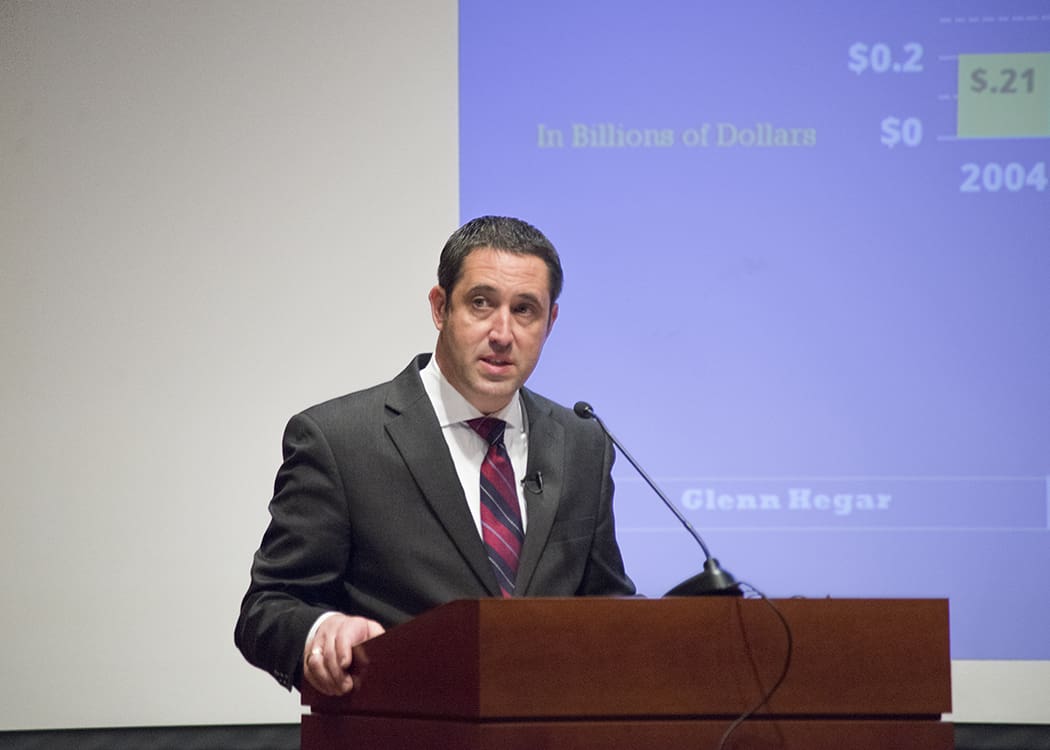On Monday, January 9, State Comptroller Glenn Hegar will issue the revenue estimate for 2018-19, as well as update legislators on 2016-17 state revenue collections. This key stage in the budget cycle is when state officials find out how much will be available to invest in schools, higher education, health care, and other services through August 2019.
But this early stage of the budget-writing process does not shed any light on the state’s budget needs for 2018-19. It’s been more than 25 years since legislators received an official “current services” estimate from the Legislative Budget Board (LBB), which would show what it would cost to continue funding the same level of services that Texans receive. The “current services” estimate would fully take into account both inflation – especially medical cost increases – and growth in school and college enrollment, publicly funded health care and pension beneficiaries, prison inmates, and other major Texas budget drivers.
To provide needed context for the revenue estimate, CPPP has examined major state agencies’ individual budget requests for 2018-19 and related documents:
- A “ballpark estimate” of what it would take to maintain services under current law comes to a total of $109 billion in General Revenue, to fully fund population-driven and medical/other inflationary cost growth. This is an increase of $3 billion (three percent) compared to the $106 billion in General Revenue appropriated for 2016-17.
- If that increase sounds low, that’s because it’s the net result of reducing state General Revenue aid to schools by $3.2 billion, and adding $6.2 billion to higher education, health care, public safety, and other parts of the General Revenue budget.
- It also excludes General Revenue needed to address legislative priorities such as fixing foster care and child protective services or additional spending for border security.

The Texas Education Agency accounts for more than one-third (35 percent) of General Revenue spending. In the next budget cycle, the Agency is asking for $3.3 billion less in baseline General Revenue than it currently receives, mainly because rising property tax collections are expected to reduce the amount of state aid to local school districts. “Exceptional Items” total $199 million, of which the largest is $118 million to continue a high-quality prekindergarten grant program. (The definition of “exceptional item” is different from one agency to another, as it depends on how the LBB and Governor’s office define the baseline and services exempt from four percent cuts.)
Health and human services agencies combined are almost one-third (30 percent) of General Revenue spending. Many of these dollars draw down federal matching funds for Medicaid and the Children’s Health Insurance Program, foster care, and other social services. The consolidated HHS proposal requests $2.4 billion more in General Revenue (compared to 2016-17 appropriations to date) for “current services” needs: almost $1 billion to cover Medicaid and other mandatory caseload growth, and $1.5 billion for medical cost increases, which have to be requested as “exceptional items.” (Recent legislative budgets have appropriated General Revenue needed for caseload but not cost growth, preferring to leave the latter for a supplemental bill in the next session.) Other HHS exceptional items would require another $1 billion in General Revenue, including $365 million to reduce community care waiting lists and $156 million to increase attendant care hourly wages by 50 cents, to $8.50.
Higher education is the next biggest part of the General Revenue budget. The Texas Higher Education Coordinating Board recommends $760 million more in formula funding, which determines how colleges and universities receive most of their state funding. THECB is also requesting $78 million more to maintain the Texas Grant financial aid program.
Finally, the Employees Retirement System and Teacher Retirement System have requested $2.3 billion more in General Revenue for public employee pension and health benefits. More than half of this is $1.35 billion needed for TRS-Care (health insurance for retired public school employees).
Adding these and “current services” items for criminal justice and other areas of state spending to current appropriations of $106 billion yields $109 billion in General Revenue as a “bare bones” proposal for the 2018-19 budget cycle. This funding level would not undo the cuts in state services that remain from the 2003 and 2011 sessions. It does not allow for any inflation adjustment to the Basic Allotment per public school student, which is $5,140 in the 2016-17 budget cycle. Nor does this funding level include the many “exceptional items” that state agencies requested to better deliver services or address long-neglected issues such as capital repairs or purchases.
Along with the General Revenue forecast, the Comptroller will also project additional funding for the state’s Rainy Day Fund and State Highway Fund.
As the Comptroller prepares to deliver his estimate, it’s worth remembering that the Legislature’s short-sighted tax breaks and diversions have done much more to limit future General Revenue collections than the oil/gas downturn did. CPPP will be ready with analysis after the Biennial Revenue Estimate is released to discuss the implications for critical state investments in education, health, highways, and public safety.
